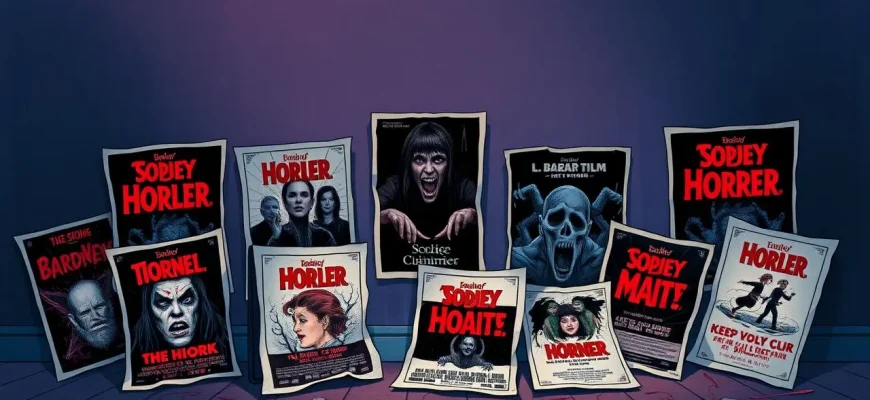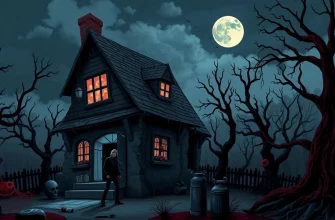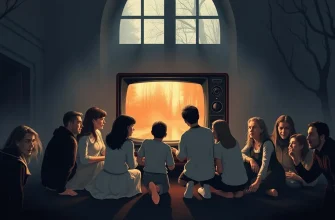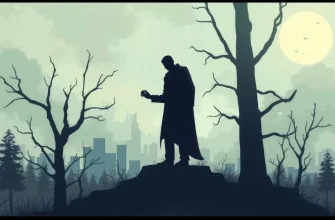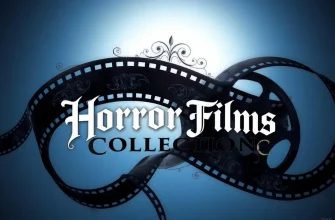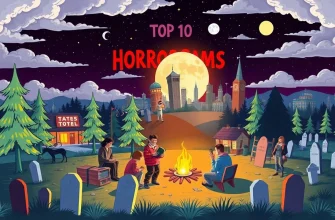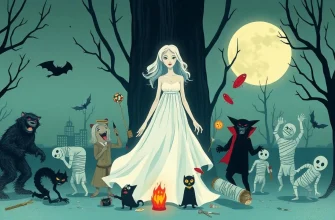Horror films have long captivated audiences with their ability to thrill, chill, and provoke thought. This curated list of legendary horror films not only showcases the evolution of the genre but also highlights the cultural impact and enduring legacy of these cinematic masterpieces. From groundbreaking special effects to psychological terror, these films have set the standard for what horror can achieve, making them essential viewing for any film enthusiast or horror aficionado.

Psycho (1960)
Description: Alfred Hitchcock's "Psycho" redefined the horror genre with its shocking plot twists and the infamous shower scene. Its exploration of madness and voyeurism has influenced countless films that followed.
Fact: Hitchcock bought up copies of the novel to keep the ending a secret, and he insisted that no one be admitted to the theater once the film had started.
 Watch Now
Watch Now
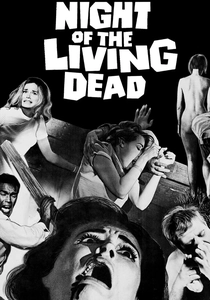
Night of the Living Dead (1968)
Description: George A. Romero's film about a group of people trapped in a farmhouse surrounded by flesh-eating ghouls redefined the zombie genre and introduced social commentary into horror.
Fact: Due to a copyright oversight, the film entered the public domain, allowing it to be widely distributed and copied.
 Watch Now
Watch Now
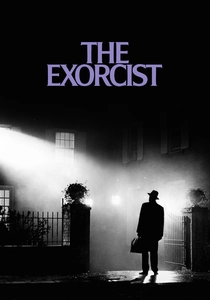
The Exorcist (1973)
Description: Often cited as one of the scariest films ever made, "The Exorcist" delves into the demonic possession of a young girl and the subsequent exorcism. Its realistic portrayal of possession and the psychological horror it induces make it a cornerstone of horror cinema.
Fact: The film was nominated for 10 Academy Awards, winning two, and its release was accompanied by reports of audience members fainting or leaving the theater in distress.
 Watch Now
Watch Now
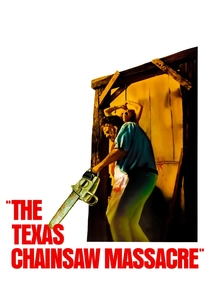
The Texas Chain Saw Massacre (1974)
Description: Tobe Hooper's film about a group of friends encountering a family of cannibals, including the infamous Leatherface, is known for its raw intensity and minimal gore, relying on atmosphere and suggestion.
Fact: Despite its title, the film has very little actual chainsaw violence, focusing instead on psychological horror.
 Watch Now
Watch Now

The Omen (1976)
Description: This film about the Antichrist's upbringing in a wealthy family mixes religious horror with suspense, delivering a chilling narrative that has spawned sequels and a remake.
Fact: Several bizarre incidents occurred during filming, leading to the belief that the set was cursed.
 Watch Now
Watch Now
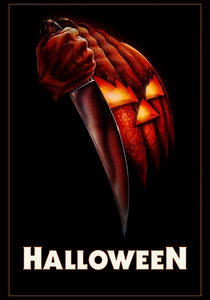
Halloween (1978)
Description: John Carpenter's "Halloween" introduced the world to Michael Myers, the silent, masked killer, and established many tropes of the slasher genre, including the final girl.
Fact: The film was made on a budget of just $300,000 and grossed over $70 million, making it one of the most profitable independent films ever.
 Watch Now
Watch Now
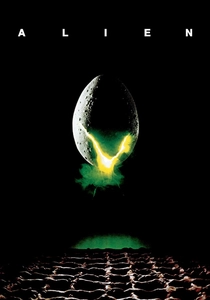
Alien (1979)
Description: Ridley Scott's "Alien" combines horror with science fiction, delivering a terrifying creature that has become iconic. Its claustrophobic setting and the unknown terror of the alien make it a standout film.
Fact: The film's tagline, "In space no one can hear you scream," became one of the most famous in cinema history.
 Watch Now
Watch Now
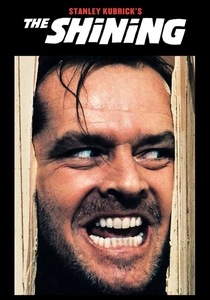
The Shining (1980)
Description: Stanley Kubrick's adaptation of Stephen King's novel about a writer's descent into madness in an isolated hotel. Its eerie atmosphere and Jack Nicholson's iconic performance make it a horror classic.
Fact: The film was shot in the Timberline Lodge, but the interior scenes were filmed on sets in England, and the hedge maze was added for the film.
 Watch Now
Watch Now
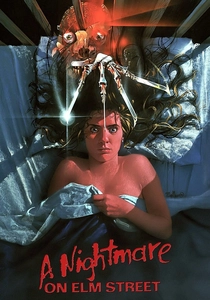
A Nightmare on Elm Street (1984)
Description: Wes Craven's creation of Freddy Krueger, who kills teenagers in their dreams, brought a new level of psychological horror to the genre. Its inventive premise and memorable villain have made it a horror staple.
Fact: The idea for the film came to Craven from reports of Cambodian refugees dying in their sleep from nightmares.
 Watch Now
Watch Now

Rosemary's Baby (1968)
Description: Roman Polanski's film about a young woman who suspects her neighbors are part of a Satanic cult and that her unborn child is the Antichrist. Its psychological depth and subtle horror have made it a classic.
Fact: The film was shot in the Dakota building in New York, where John Lennon would later be murdered.
 30 Days Free
30 Days Free

